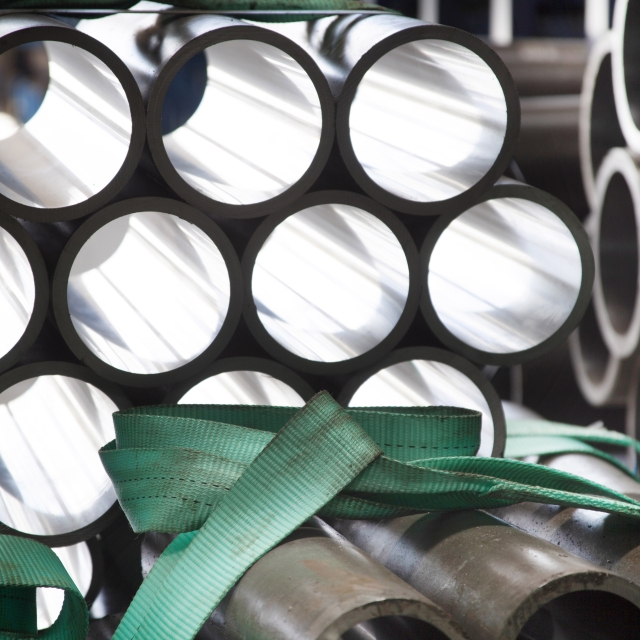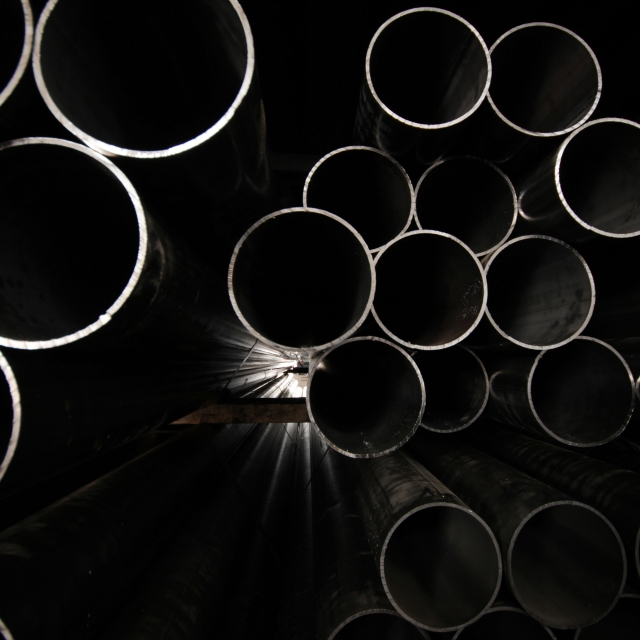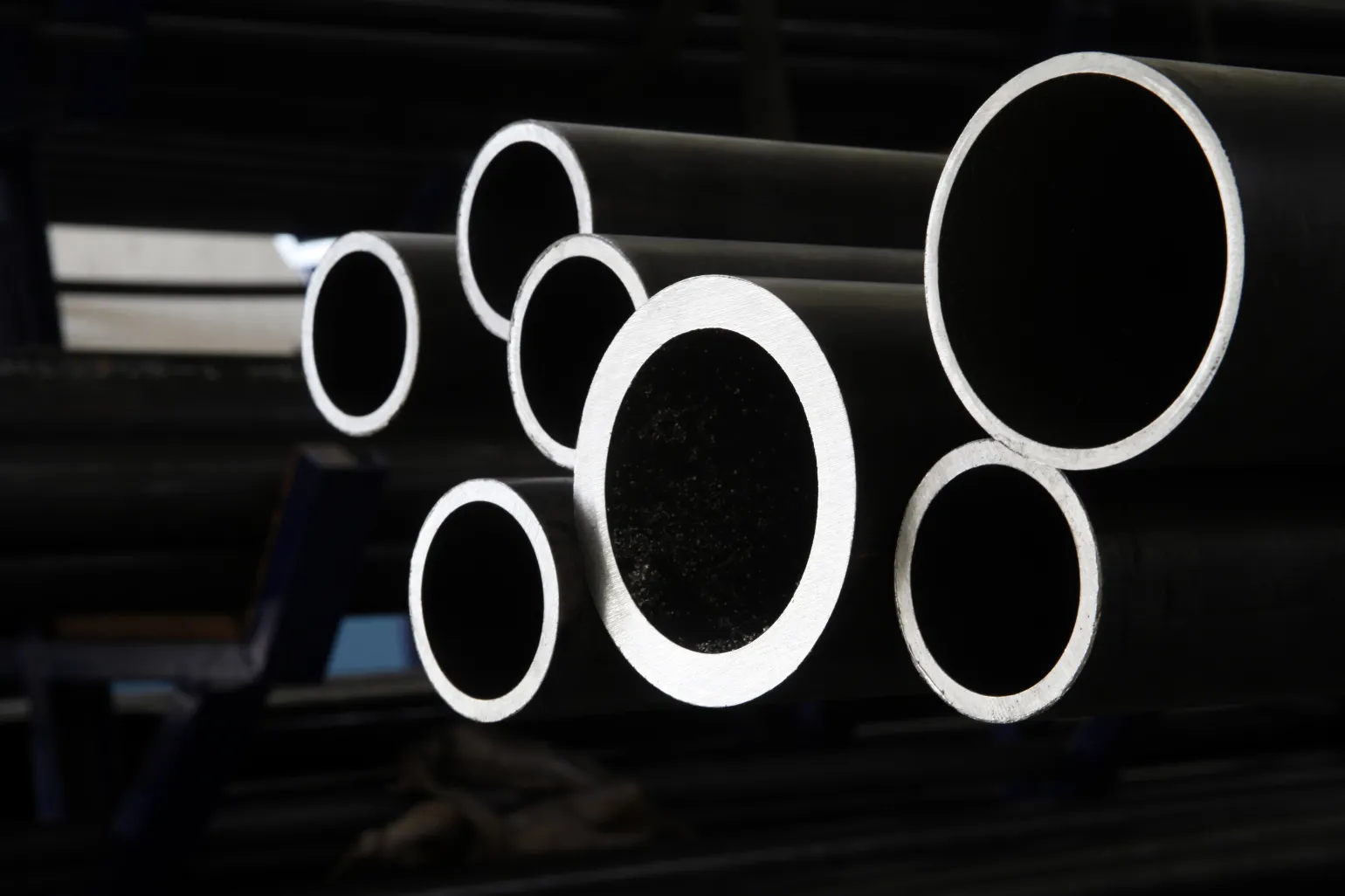Uses and applications of tubular steel
Tubular steel’s most common application is in the construction industry as it’s used to make scaffolding. However, due to its high durability, it’s also used in the construction of permanent structures such as bridges and railings. Other uses and applications of tubular steel include the transportation of water and gas over long distances and the transportation of oil and gas from gas wells to a refinery or processing plant. The aerospace industry also uses tubular steel as the hollow sections are heat resistant, lightweight, and durable.
Additionally, tubular steel is used in a number of machinery applications, such as tool bodies, machine frames, and engine components. Plus, the automotive industry uses it extensively in the manufacturing of suspension components, roll bars, and, most commonly, exhaust pipes.
Structural advantages of tubular steel
As steel is highly tensile and tubular steel is particularly strong by design, it offers many structural advantages. It can withstand high pressure, heat, and exposure to harsh environmental factors such as water and wind. Due to the many structural advantages of tubular steel, it’s used extensively in the oil and gas industries as it's not prone to cracking or breaking and can transport chemicals and volatile liquids safely over long distances.







